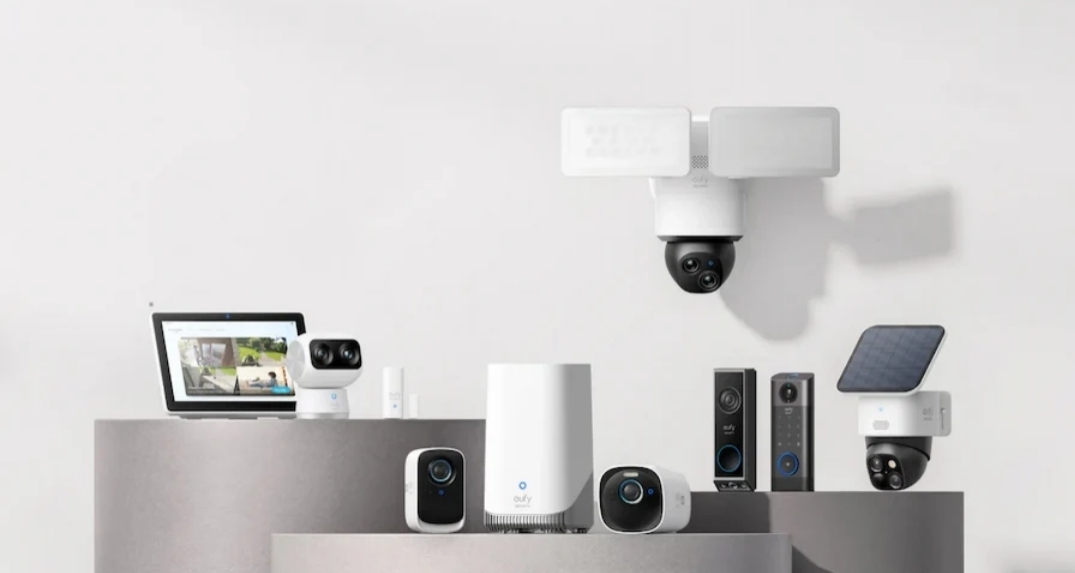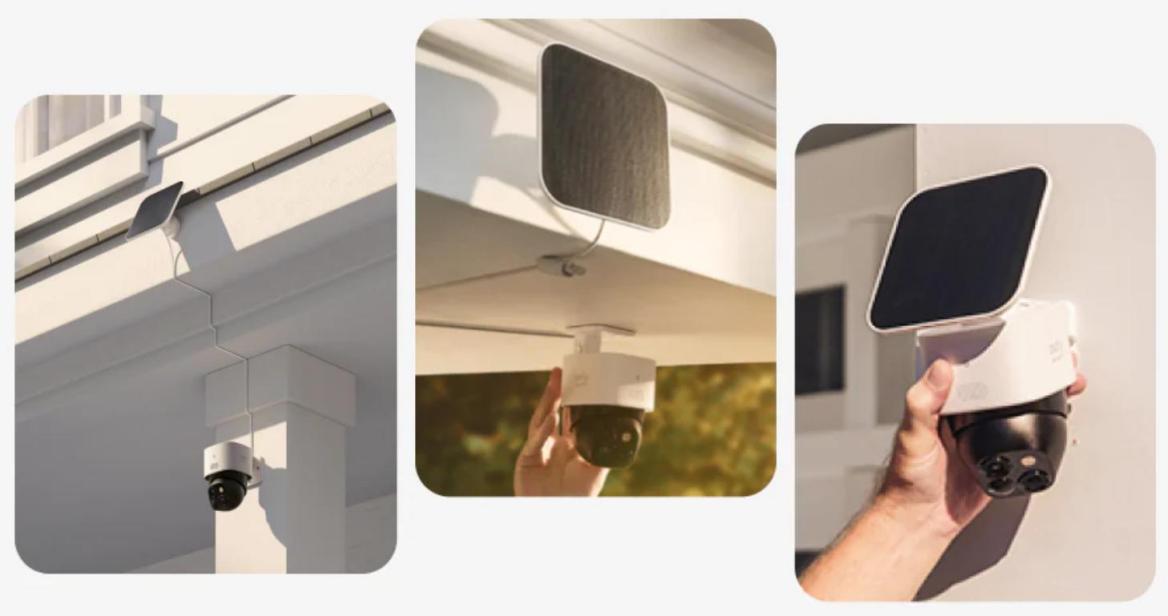How to Set Up a Wireless Security Camera System at Home
Protecting your home with wireless home security systems with cameras is easier than ever. These systems offer the flexibility of installation and the convenience of remote monitoring. Before diving into the setup, it’s important to understand the process and ensure that you have all the necessary components, including cameras, a stable internet connection, and the right software. This guide will walk you through every detail, ensuring your system is up and running smoothly. Follow these steps to safeguard your home and give yourself peace of mind, knowing that your property is continuously monitored and protected.

Pre-installation Preparation
Before installation, it’s crucial to prepare adequately. Begin by drafting a plan that details where each camera should be placed. Ensure that your Wi-Fi network is robust enough to support your cameras and that there are no dead spots where the signal might be weak. Gather all necessary tools and equipment, such as screws, mounts, and power sources. Check if your chosen cameras require additional hardware or accessories for mounting. Familiarize yourself with the camera manual and any app or software that accompanies your security system. By doing so, you’ll prevent unnecessary delays and ensure a smooth setup process, maximizing your system’s effectiveness right from the start.
Steps to Setting Up Your Wireless Security Camera System
Choose the Right Location for Your Cameras
Selecting the optimal location for your cameras is key to effective surveillance. Position cameras at all entry points, including doors and ground-level windows. High traffic areas like the living room and driveway should also be covered. Ensure that outdoor cameras are installed high enough to be out of reach and are weather-resistant. Indoors, try placing cameras at a vantage point that provides a wide view. Lighting conditions should also be considered; avoid backlighting that could obstruct the camera’s view. By choosing strategic locations, you can ensure comprehensive coverage while reducing blind spots.
Install the Wireless Camera System
Once you’ve decided on the placement, begin installing your cameras according to the manufacturer’s instructions. Use mounting brackets and screws to secure each camera in its planned position. Most cameras are designed for easy installation, often involving just a few screws or adhesive mounts. Always double-check that each camera is securely fastened and adjust the angle to cover the intended area effectively. Connect each camera to your power source if they are not battery-operated. Ensure that each camera is within reach of your Wi-Fi network to allow seamless connectivity.
Configure and Customize Camera Settings
After installation, configure your cameras via the accompanying app or software. Connect each camera to your Wi-Fi network by following the specific instructions provided by the manufacturer. Customize settings such as motion sensitivity, video quality, and notification alerts according to your preferences. Set recording schedules if your camera supports this feature to ensure you capture footage at critical times. Additionally, label each camera within the app for easy monitoring. Tailoring these settings will allow you to refine your system’s performance to meet your unique security needs.

Test and Optimize the System
With your cameras set up and configured, it’s time to test the system. Check each camera’s live feed from your phone or computer to ensure they are functioning properly. Run motion detection tests and evaluate the notification system. Adjust camera angles and settings as necessary to ensure every corner is adequately covered. Also, check the video quality under different lighting conditions, including nighttime, to ensure clarity. Regularly perform these checks and address any connectivity issues promptly. This testing phase is crucial for identifying and rectifying potential issues before they can compromise your security.
Common Mistakes to Avoid
Poor Camera Placement
Incorrect placement can severely limit your security system’s effectiveness. Avoid pointing cameras directly at light sources, which can obscure visuals. Ensure that cameras aren’t easily tampered with by keeping them out of reach. Many users also forget to cover all potential entry points, leaving blind spots. Regularly review and adjust placement as necessary to correct these mistakes and optimize coverage.
Inadequate Network Setup
An improperly set up network can cause connectivity issues. Ensure your Wi-Fi is strong enough to support all cameras, without dead zones. Placing your router centrally may improve coverage. Use Wi-Fi extenders if necessary to boost signals. Security protocols should also be in place to protect your network from unauthorized access, which could compromise your system.
Overlooking Security App Settings
Not customizing app settings could lead to unwanted false alarms and ineffective monitoring. Ensure notifications are set up according to your specific needs and schedules. Test all settings, from motion sensitivity to alert types, to ensure they are functioning effectively and not causing unnecessary disruptions.
Ignoring Firmware Updates
Neglecting to regularly update your cameras’ firmware could lead to vulnerabilities. Manufacturers often release updates to fix bugs and enhance security. Set up reminders to check for updates regularly. Keeping your software current ensures your cameras maintain peak performance and security standards.
Tips for Maintaining Your Wireless Security Camera System
Regular maintenance prolongs your system’s lifespan and efficiency. Keep camera lenses clean, removing dirt or cobwebs frequently. Test the functionality of each camera once a month to verify all are working properly. Make sure the software is updated to keep the cameras free from vulnerabilities. Assess the system’s storage, clear unnecessary footage to maintain efficiency. Consider housing outdoor cameras in protective coverings for additional weatherproofing. Save backup copies of important footage periodically, so no critical data is lost. With these practices, your security system will remain dependable.
Conclusion
Setting up a wireless security camera system at home is a straightforward and rewarding process. By following the steps outlined in this guide, you can ensure comprehensive coverage and effective monitoring. Proper installation, strategic placement, and regular maintenance play crucial roles in the overall security strategy. Avoid common pitfalls like poor placement and outdated software to enhance your system’s performance. Whether you are at home or away, rest easy knowing your property is secure with a well-installed wireless security camera system. Take these steps today for peace of mind and a safer home environment.
